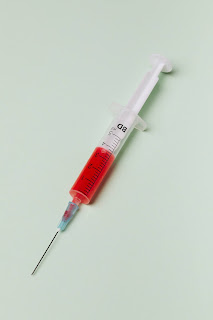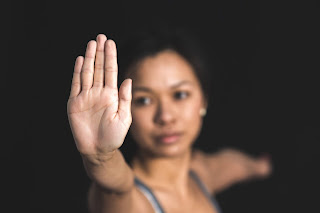What is the definition of STIs and how are they most commonly caught?
What is the definition of STIs and how are they most commonly caught?
It is important to note that sexual contact is not the only way that they are transmitted. Infected blood products, childbirth, breastfeeding or Pregnancy are other ways that STIs can be spread. It is essential to get the correct medical treatment as soon as possible because if left untreated it can lead to much more serious health conditions including cervical cancer, cardiovascular disease, infertility and neurological disease.
Some STIs do not have any symptoms but the majority do and these include blisters, sores or small red bumps, itching around the genital area, pain during urination or sex. flu like symptoms including headache or fever, bleeding after sex or between periods, weight loss, skin rashes,, Diarrhoea, night sweats and vaginal or penile discharge.
The most common and dangerous STIs are:
Clamydia ,Herpes,Syphillis ,Hepatitis and HIV( Human Immunodeficiency Virus) with Herpes being the easiest to catch as it is through skin to skin contact. Some STIs are completely curable if caught early and these include Gonorrhoea, Trichomoniasis, Chlamydia and Syphillis.
Condoms continue to be the best source of preventing STIs as they act as a barrier protecting the skin through possible infection from bodily fluids.
If you are concerned you may have caught an infection it is possible to do a urine sample or genital swab at home but it is strongly recommended to visit a sexual health clinic or speak with your GP as soon as possible so you may get the necessary treatment if needed to avoid long term health concerns.
For a list of the most commonly sexually transmitted diseases please see the link below:
Sourced from
Elizabeth Lock Holistic Therapist
www.yourcuddletherapy.co.uk heal@yourcuddletherapy.co.ukwww.yourinnerglow.co.uk heal@yourinnerglow.co.ukwww.yourtantrictouch.co.uk heal@yourtantrictouch.co.uk
www.yourcuddletherapy.co.uk heal@yourcuddletherapy.co.ukwww.yourinnerglow.co.uk heal@yourinnerglow.co.ukwww.yourtantrictouch.co.uk heal@yourtantrictouch.co.uk




Comments
Post a Comment